Mercedes-AMG is ramping up testing of its answer to the Lotus Eletre and Porsche Cayenne Electric as it primes its saloon counterpart for a debut in the coming weeks.
Currently known as the electric GT SUV (a name that could be carried into production), the super-SUV is set to reach UK forecourts in 2027. It's the first SUV that AMG has developed independently of Mercedes-Benz.
The EV will sit on the AMG.EA platform, which will be used first for the four-door production version of the Vision AMG saloon concept in 2026.
The platform will feature 800V electricals and advanced axial-flux electric motors in both twin- and tri-motor powertrains, with outputs well over 1000bhp expected to be offered.
Developed by Yasa, the Oxfordshire-based firm owned by Mercedes-Benz, these motors each develop up to 480bhp and 590lb ft of torque and are seen by AMG as a key performance differentiator for its new SUV.
Among the performance benchmarks for the GT SUV is the 906bhp Lotus Eletre R.
The GT SUV will be heavily focused on road-going performance, but insiders have told Autocar it will offer variable ride height control to improve ground clearance in off-road use.
As for its styling, prototypes have revealed that its bold-looking design will incorporate elements that provide clear visual connections with its saloon sibling.
The front end is also set to feature a new interpretation of AMG’s Panamericana grille, together with distinctive headlights that include the three-pointed star graphics.
Flared wheel arches and wide rear haunches dominate the flanks, while retractable door handles – as seen on the EQE SUV and EQS SUV – increase aerodynamic efficiency.
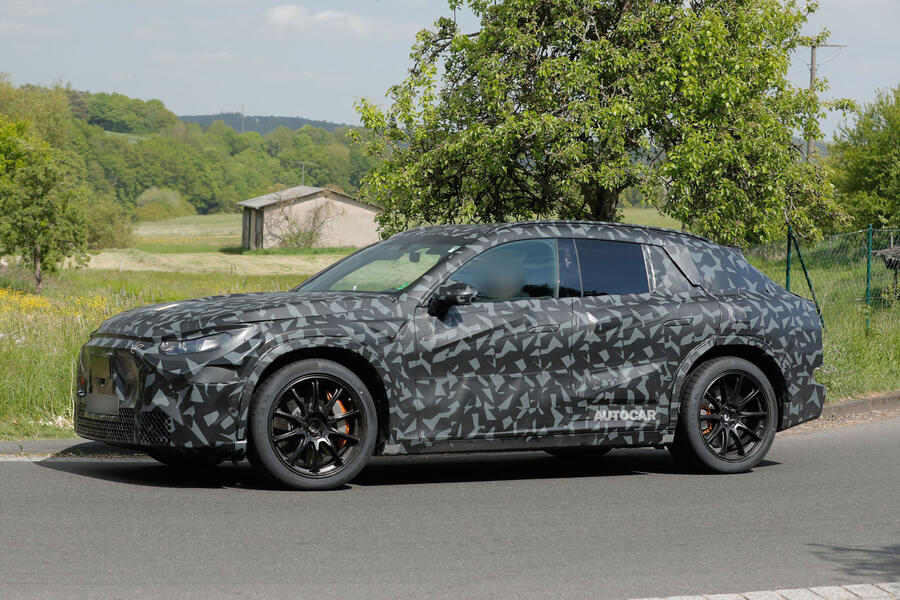



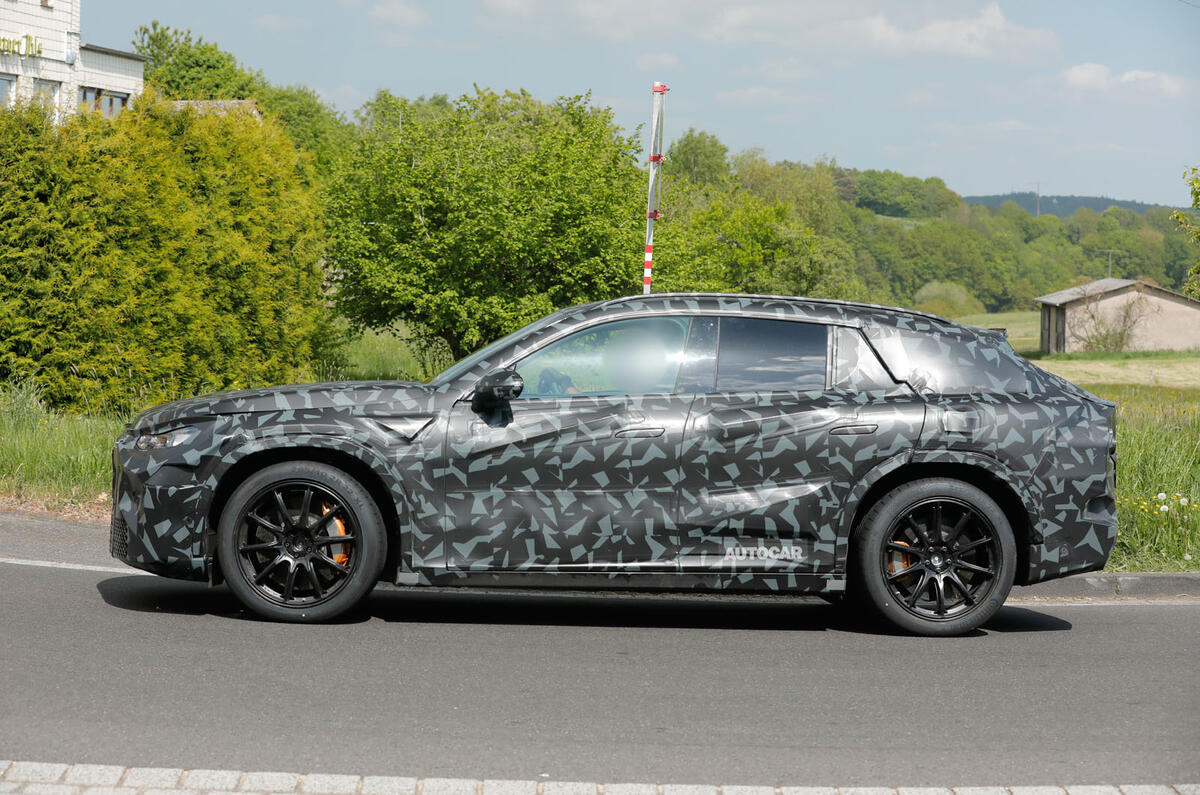
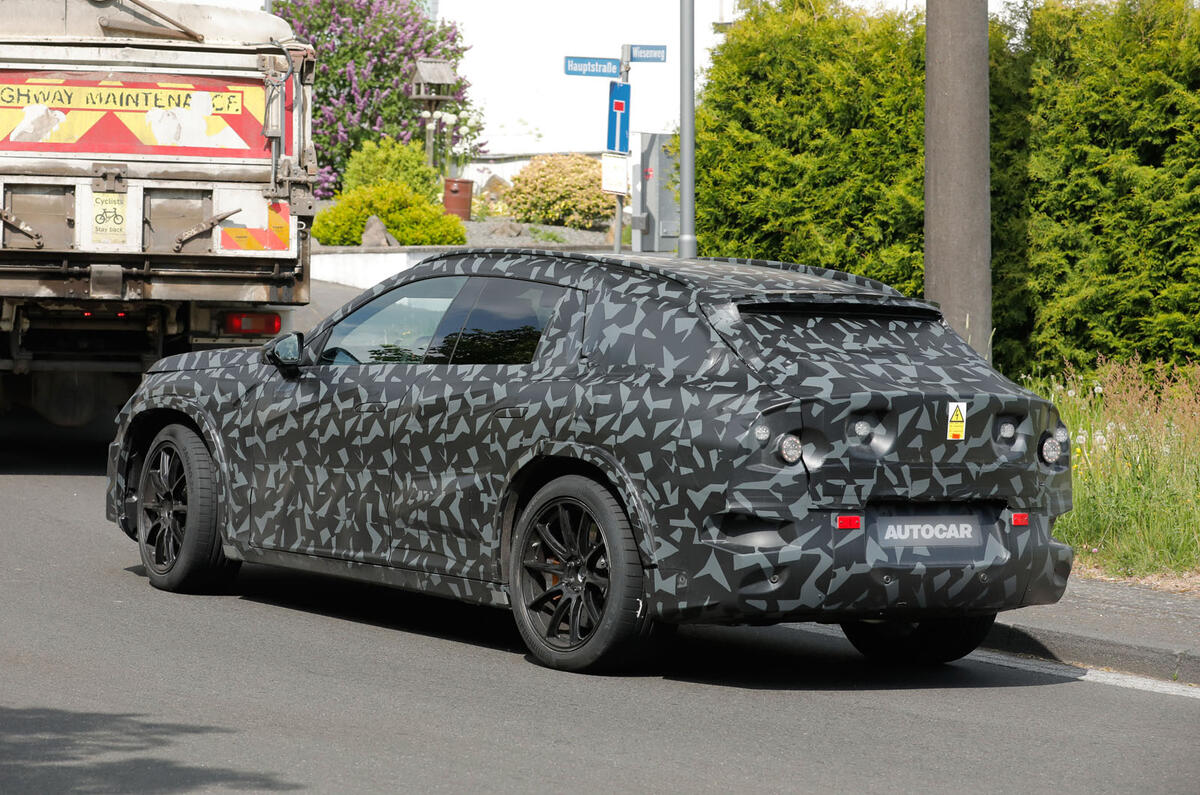
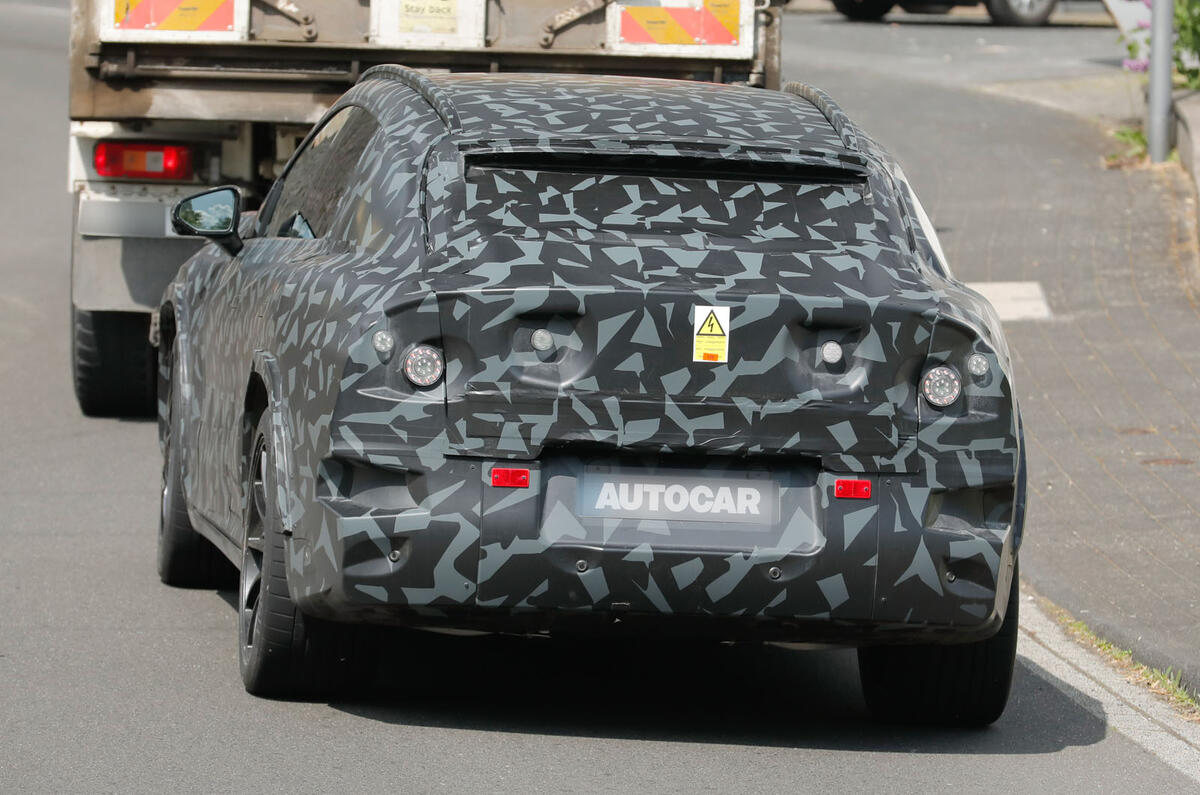
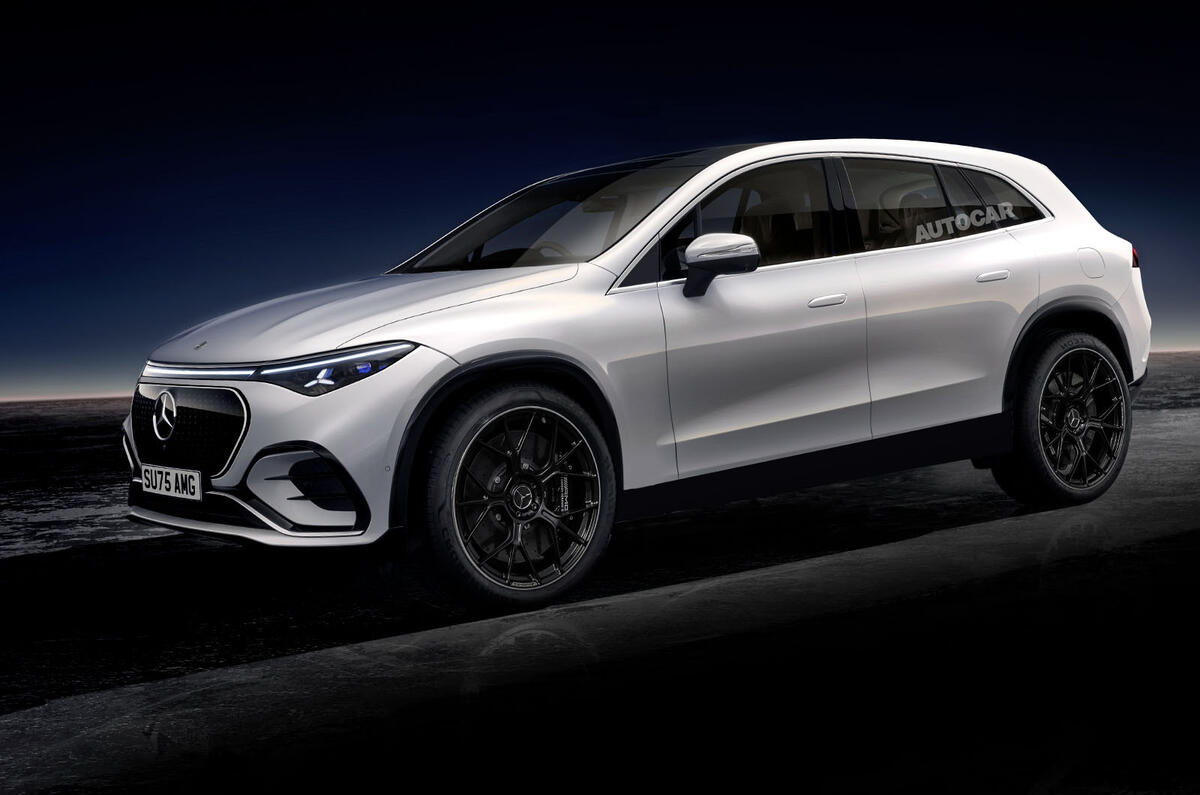
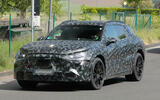

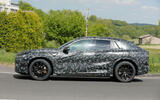
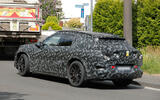



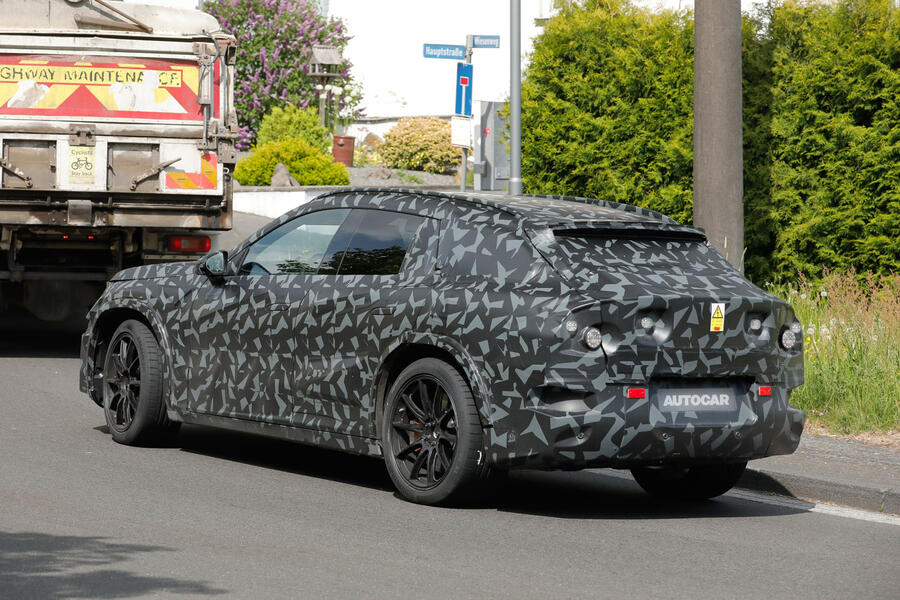

Join the debate
Add your comment
The market for a car like this seems small or unclear at least. Somebody who wants a fast SUV is probably going to favour a fast ICE SUV. 1000 bhp might sound great in theory but the car will be too (stupidly) fast and heavy for most UK roads.The current market for exotic high-performance hybrids and EVs seems uncertain. Heavy depreciation, complicated troubleshooting, and big repair costs (and massive write-offs from minor damage) seem commonplace for such cars.Car makers producing EVs would be better off focusing on weight reduction, battery range and recharge times, recduing the cost of replacement batteries.
Some will make it to the ski resort car park, some will fly off the mountain pass!